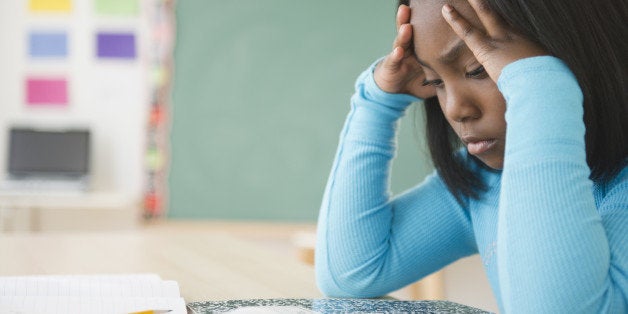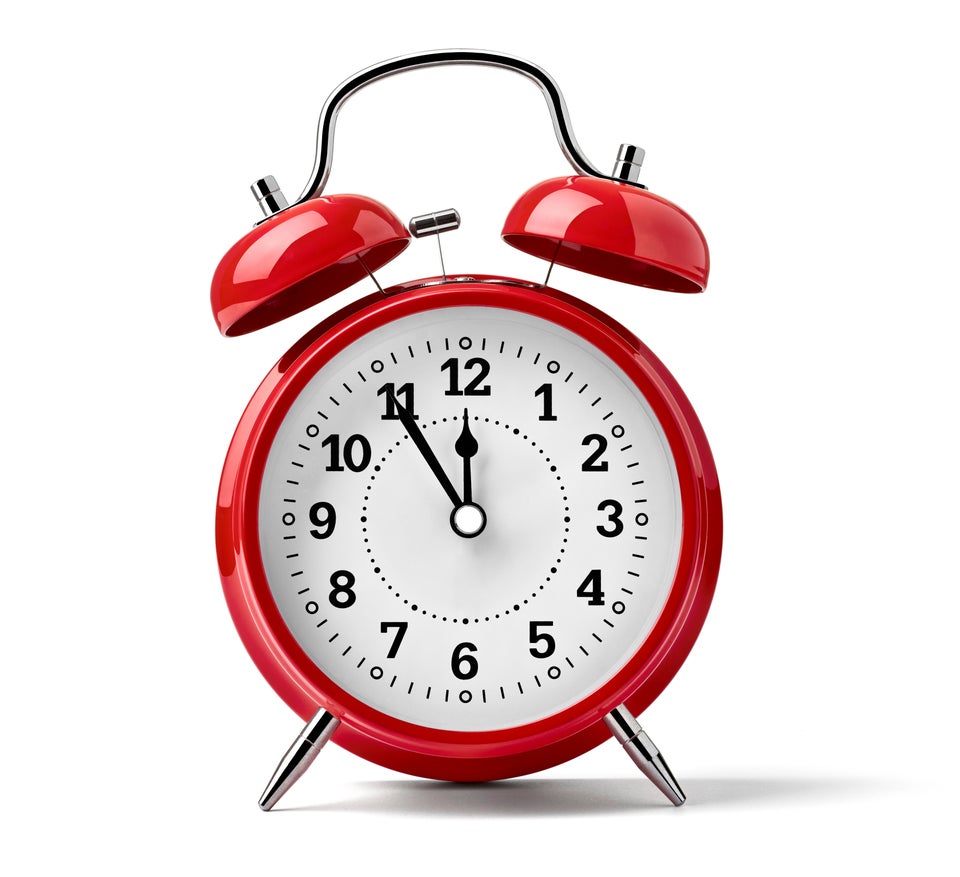
A popular form of psychotherapy could help children and teens who experience chronic migraines, a new study suggests.
Research published in the Journal of the American Medical Association shows that undergoing cognitive behavioral therapy (CBT), in addition to taking the medication amitriptyline, is associated with fewer headaches and less migraine-related disability among children and teens with chronic migraines, when compared with headache education in addition to taking amitriptyline. (Amitriptyline is an antidepressant that is commonly prescribed for headache prevention.)
"Now that there is strong evidence for CBT in headache management, it should be routinely offered [to younger people] as a first-line treatment for chronic migraine along with medications and not only as an add-on if medications are not found to be sufficiently effective," Cincinnati Children's Hospital Medical Center researchers wrote in the study.
The study included 135 children and teens (79 percent of whom were female) ages 10 to 17. All of them experienced chronic migraines (defined as experiencing headaches on 15 or more days a month) and experienced at least moderate, if not severe, disability due to the migraine headaches. The average study participant experienced severe migraines and had migraines from 21 to 28 days a month.
Sixty four of the participants underwent 10 weeks of cognitive behavioral therapy along with taking amitriptyline, while 71 received 10 weeks of headache education along with taking amitriptyline. There were follow-up visits three, six, nine and 12 months later. At the 20-week follow-up, 129 people had stuck with study, while 124 stuck with the study at the 12-month follow-up.
CBT involved using "an evidence-based coping skills protocol for pediatric pain, modified to include a biofeedback component that included thermal and electromyographic monitoring of the relaxation response," according to the study. Meanwhile, headache education involved "discussion of headache-related education topics," as well as "nonspecific support along with equal time and attention from a trained therapist."
After going through CBT, the participants experienced an 11.5-day reduction in the number of days a month with migraine headaches. The headache education group also experienced fewer headache days a month, but it was a less dramatic improvement compared with the CBT group (6.8 fewer headache days).
During the year follow-up, nearly all -- 86 percent -- of the CBT group experienced 50 percent fewer headache days, while just 69 percent of the headache education group experienced the same reduction. And 88 percent of the CBT group experienced a decrease in migraine-related disability to mild, or even no, disability, compared with 76 percent of the headache education group.
In a related editorial published in the same journal, Mark Connelly, Ph.D., of the University of Missouri School of Medicine and Children's Mercy Hospitals and Clinics, noted that chronic migraines among children and teens is relatively common, with about one in 60 people in this age group experiencing the condition. He also noted that while the study shows the efficacy of CBT in aiding pediatric chronic migraine sufferers, kids may be less likely to heed doctors' advice in seeking out CBT, and doctors may not have the time or training to recommend CBT to patients.
